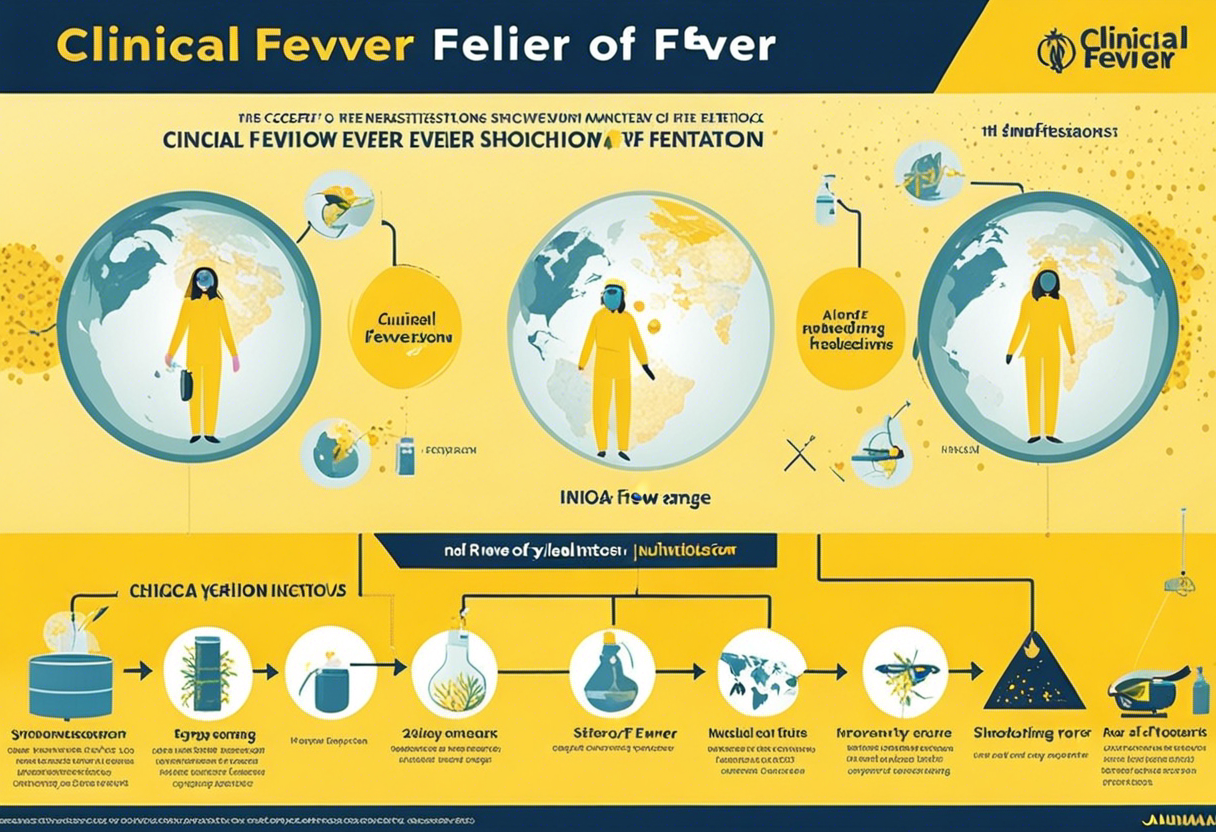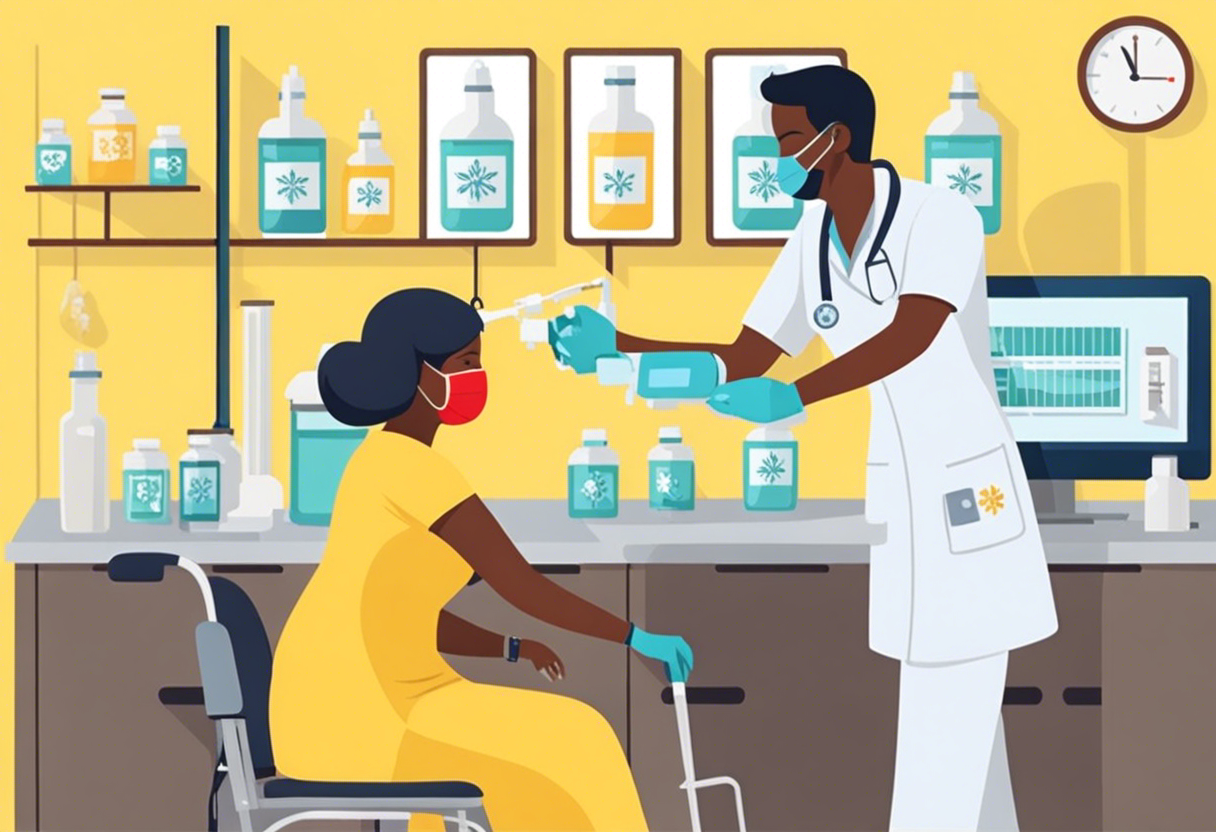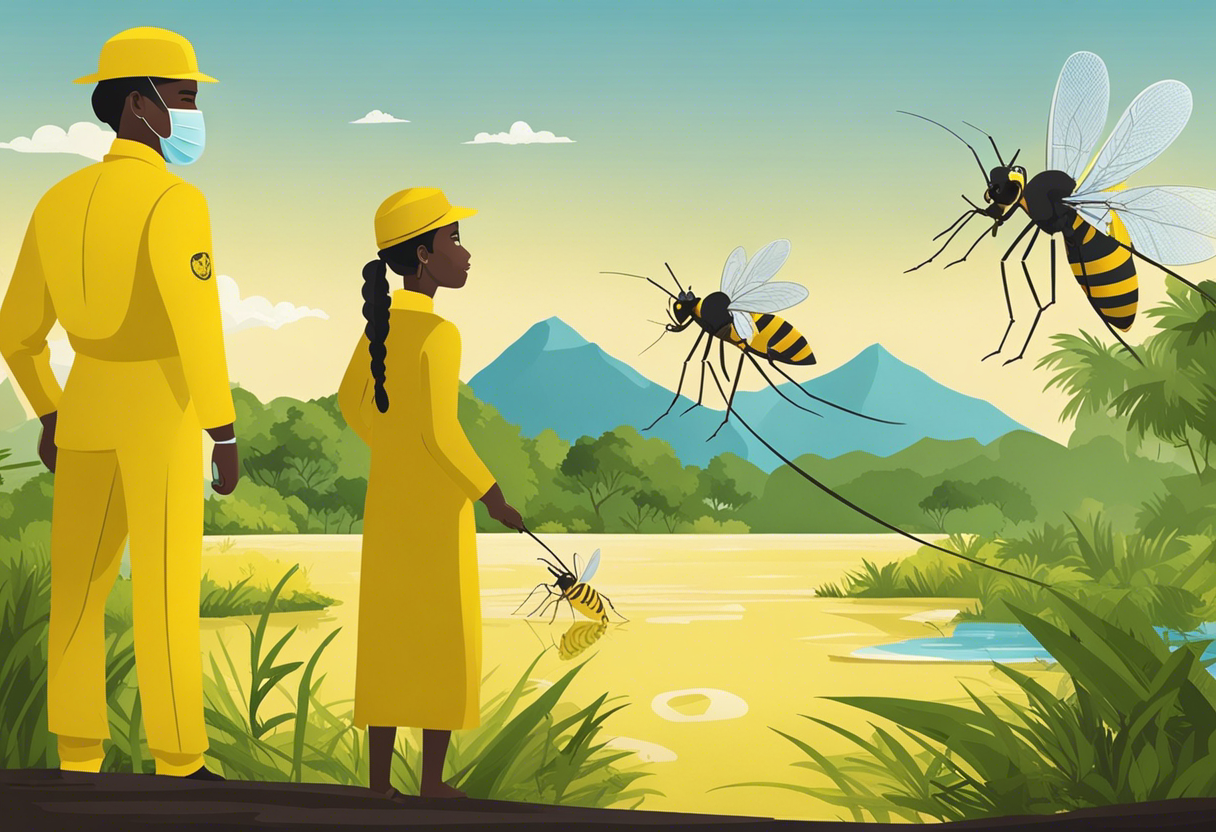Diving into the Intricacies of Yellow Fever: A Five Point Informative Showcase
Yellow Fever, an acute viral haemorrhagic disease transmitted by infected mosquitoes, has a fascinating past. Originating in Africa, the disease traveled to the Americas via the slave trade in the 15th to 19th centuries.
By the 1700s, yellow fever had become a major health concern, causing notable epidemics in the United States. The yellow fever epidemic of 1793 in Philadelphia, for instance, killed nearly 10% of the city's population and provoked significant panic.
The turn of the 20th century brought awareness to the disease’s link to mosquitoes thanks to the work of a Cuban physician, Carlos Finlay. Focusing on the vector of the disease was a turning point in understanding how to mitigate the damage of yellow fever.
The Virology of Yellow Fever

One of the urban arboviruses, the yellow fever virus, belongs to the family Flaviviridae. For transmission, the virus relies on mosquitoes, particularly Aedes and Haemagogus.
The viral gene is single-stranded RNA encoding seven nonstructural proteins and three structural proteins. Upon infecting humans, the virus replicates in target cells such as dendritic cells, macrophages, and hepatocytes, causing significant cellular damage, primarily in the liver.
Clinical Manifestations of Yellow Fever

Yellow Fever is notorious for its broad range of symptoms. The incubation period typically lasts three to six days, after which symptoms may start appearing.
The infection may be mild with symptoms like fever, headache, nausea, and vomiting. But in stark cases, toxic phase of yellow fever can start, leading to high fever, jaundice, bleeding, and eventually shock and multiple organ failure.
These extreme manifestations are seen in roughly 15% of individuals infected, and among these, the fatality rate is about 20-50%, making it a severe and frequently lethal disease.
Yellow Fever Diagnosis and Treatment

Confirming yellow fever is largely dependent upon laboratory testing due to the shared characteristics with other diseases like dengue and malaria. Diagnostic tests include molecular detection via RT-PCR or serological assays to detect yellow fever virus-specific IgM.
Unfortunately, no specific antiviral treatment for yellow fever exists. Management of the disease focuses on relieving symptoms, supportive care, and hospitalization, especially in more severe cases that involve organ dysfunction.
With no cure, prevention strategies take center stage which leads us to vaccination

Yellow Fever Vaccination

The yellow fever vaccine, a live attenuated viral vaccine, is an extremely effective precautionary measure. Developed in the 1930s by Max Theiler, the vaccine grants life-long immunity in over 90% of cases— an immense stride in combatting the disease.
While generally safe, the vaccine does hold potential for severe adverse effects in a small number of people, including life-threatening illness or even death. It's vital, therefore, to consult medical advice on vaccination, especially for the young, elderly, or those with weakened immune systems.
Yellow Fever Today and Future Challenges

Despite having an effective vaccine, yellow fever remains a significant health issue, particularly in Africa and South America. Outbreaks continue to occur, often linked to variables such as climate change, increasing urbanization, and population movement.
Climate change, especially, allows for the expansion of the Aedes aegypti mosquito's habitat, leading to a potential increase in the spread of yellow fever.
Concerted effort must continue to eliminate breeding sites, improve sanitation, increase public awareness and, most significantly, make vaccination more accessible, particularly in those areas most threatened by yellow fever.